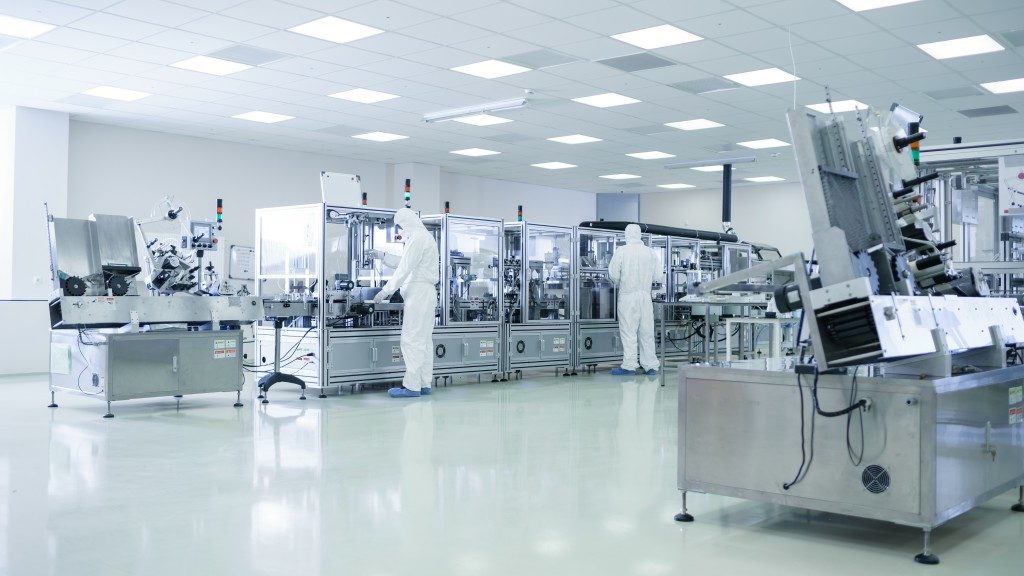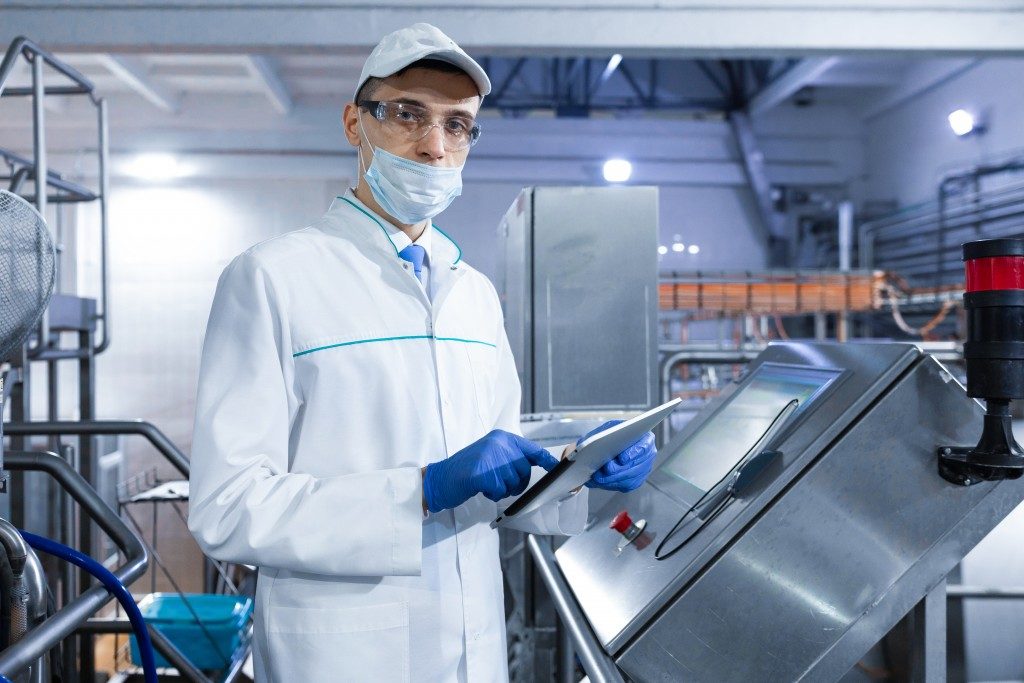Laboratories as workplaces provide an increased risk of different types of hazards such as fire hazards and exposure to noxious fumes. If you are a lab manager or worker looking to reduce risks of hazards in your lab, it is very important to establish a set of rules, and turn them into routine practice that simply cannot be ignored. Along with strong leadership and communication, the following rules can help establish your lab as a safe and professional working environment.
1. Make sure that everything is labelled correctly.
The most important thing in a lab is to know exactly what everything is. Make sure that your equipment, sources of hot or cold water, sources of electricity, vents, chemicals, and samples are all labelled appropriately. This is the way to avoid hazardous mix-ups that can cause threats to health and safety. Labelling does not end at objects in the lab. Make sure that exit pathways, doors, and staircases are also correctly labelled. In an accident, people cannot lose time trying to find the right door or the way to the bathroom.
2. Practice for emergencies.
Regular fire drills and safety drills go a long way in establishing protocol so that everyone knows how to behave in the case of an emergency. Everyone should be aware of evacuation procedures. New members of the team, even if they are attending for one day, should be briefed on safety relevant to the particular lab. Part of preparing for emergencies is to know what to do if an accident occurs, such as a dangerous chemical spill. The top priorities should be getting medical health, followed by containment.
3. Make sure that your equipment is safe.

You need to make sure that the laboratory equipment suppliers you purchase from are reliable. They need to follow strict industry standards to prevent the risk of a malfunction or an accident. Before buying, make sure that they have the certifications and accreditation. You can also ensure equipment safety by regular checking for signs of damage. Even small problems such as loose wires should be addressed promptly. Before using any beakers or pipettes, always examine for leaks and cracks. When choosing products for your lab, it is better to pay a little extra for high-quality products than risk issues such as gloves tearing.
4. Follow instructions.
All safety instructions and manuals should be read with attention. If there is a lab instructor or trainer, their instructions should also be followed. Never make any unauthorised changes to lab procedures. Even small differences can have major consequences. Everyone should be responsible and follow their duties, such as by wearing the right clothes and gear and turning off lights or certain equipment before leaving the lab. Being lazy or negligent even once can be dangerous.
A lab is a cooperative work environment, where everyone’s duties must be clearly outlined. But they must work together to minimise risks of communication failure. These are the key safety measures to take, though there are a lot more steps that should be established.

